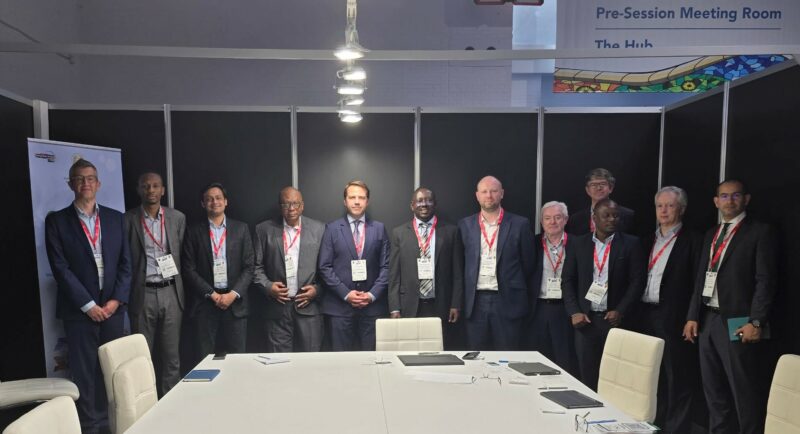PIDG: Promoting Electrical Safety – Electrical Power Transmission and Distribution
2nd Aug 2021
Authored by Ridouan Lehrrissi, HSES Manager at PIDG company InfraCo Africa.
The blog was originally published by PIDG on 27th July 2021 here.
The transmission and distribution of power is critical for development in emerging economies. According to the World Energy Outlook 2020, the number of people lacking electricity in sub-Saharan Africa rose to more than 590 million, representing an increase of 13 million people from 2019. Access to electricity generates a range of economic and social opportunities, thereby enhancing people’s quality of life and livelihoods. Therefore, the electrical power transmission and distribution (T&D) industry is highly impactful. T&D companies and investors can play a significant role in the delivery of assets that are developed to provide cleaner and more reliable power to businesses and households. These activities can contribute to the alleviation of poverty, as well as the United Nation’s SDGs, including SD7: affordable and clean energy.
However, there are complex challenges associated with investments in the T&D sector, particularly surrounding Occupational Health & Safety (OHS) and Community Health, Safety & Security (CHSS). Without appropriate mitigation measures, the construction and operation of electrical infrastructure is a high-risk activity. Electricity is an invisible hazard but the second greatest cause of serious incidents and fatalities on project sites, after road safety. The importance of electrical safety and the need to improve its practice in emerging markets led PIDG to collaborate with the CDC Group, Gridworks and Actis to create an electrical transmission and distribution safety good practice guidance note. This document complements the PIDG Life-Saving Rules on electrical safety and further solidifies PIDG’s commitment to protecting the health and safety of workers and communities across our portfolio.
While there are common issues faced in the sector, there is no simple solution to these challenges. Each investment is unique as asset conditions and availability of human and technical resources can vary significantly. Nevertheless, based on first-hand experiences, our good practice note seeks to support companies and investors in the electrical T&D industry to improve OHS and CHSS processes. By providing practical guidance and good practice examples, we hope to catalyse a breakthrough in safety performance in our investments by applying rigorous standards, building a strong safety culture, and developing competent and experienced safety leaders.
Read the good practice note here:





